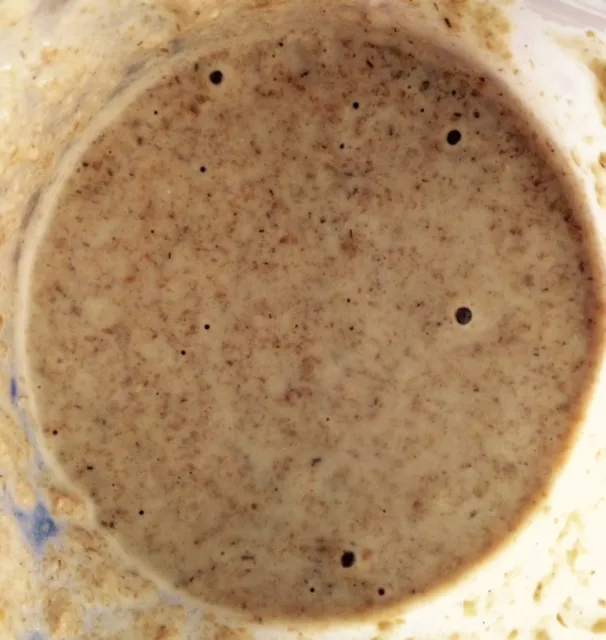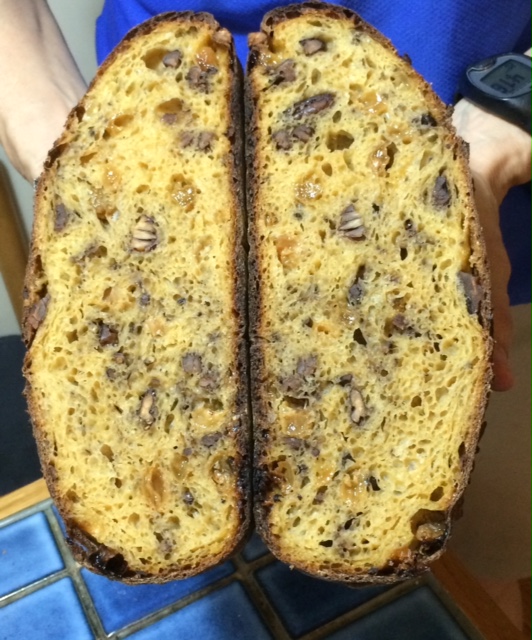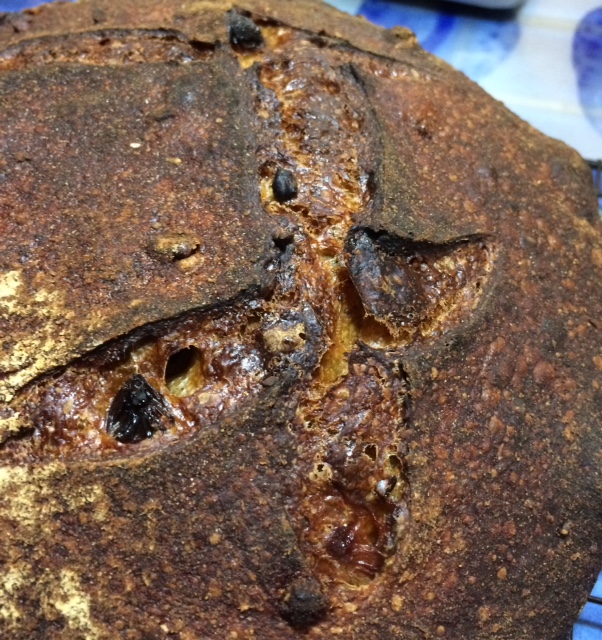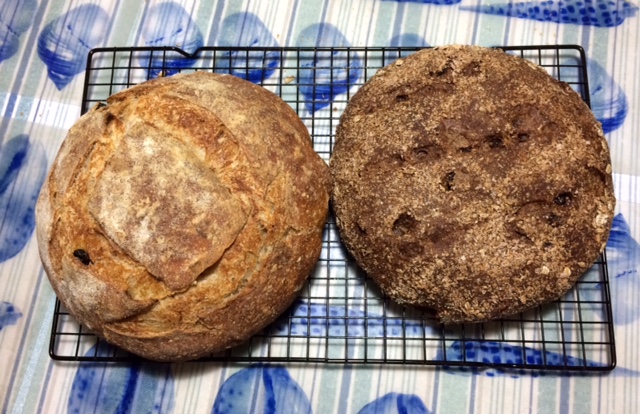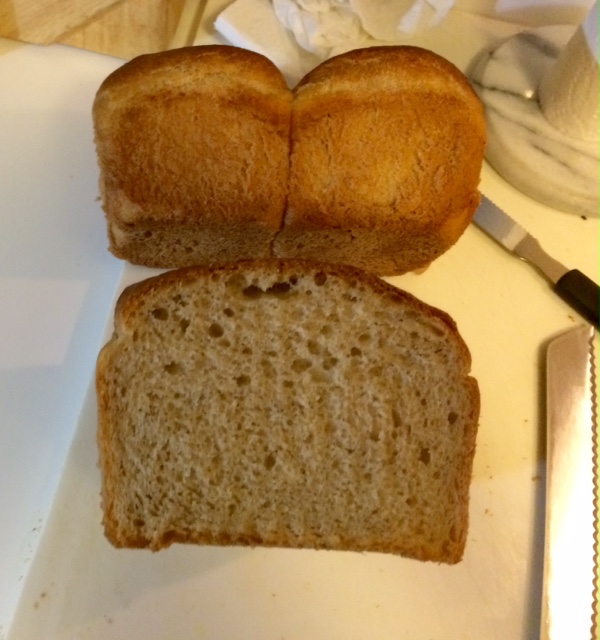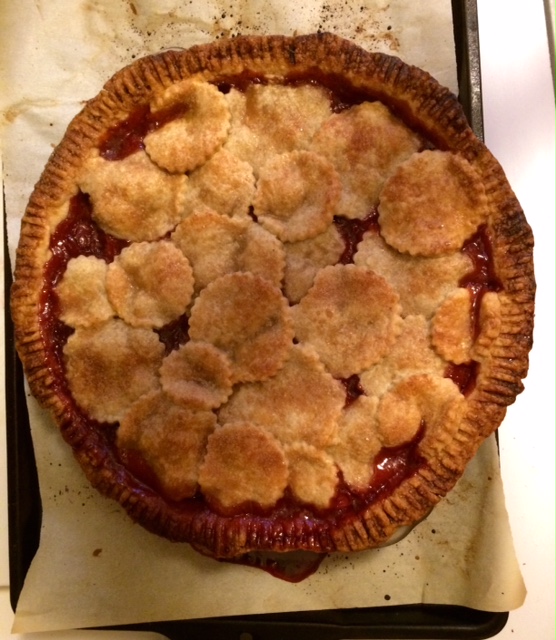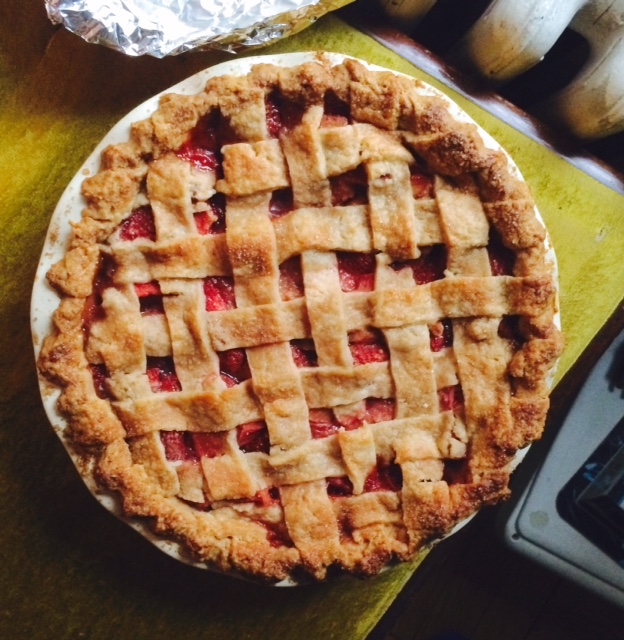Happy New Year!
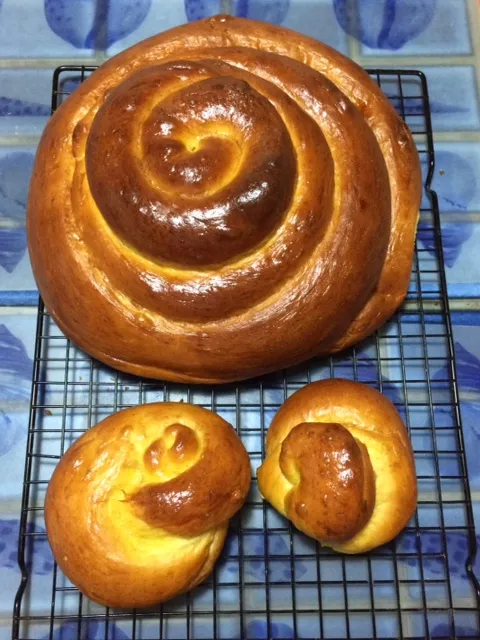
Wishing all you bakers out there a healthy and sweet New Year. This year for Rosh Hashanah I made Maggie Glezer's Pan de Calabaza. This recipe is in her book "A Blessing of Bread" which is so interesting. It tells the back stories (and the formulas, of course) for all kinds of traditional Jewish breads from all over the world. There's babkas, pita, challahs, Lithuanian, Greek and Ethiopian breads. If you're looking for the Pan de Calabaza formula, it's been posted at least twice on this site.
